
11 minute read
Road to 2045
New Technologies to Mitigate Global Warming
By Jakob Lagercrantz
“Nöden är uppfinningarnas moder” goes a Swedish saying which translates as “Necessity is the mother of invention”. Faced with the climate crisis, several new fuels are entering the market. One such example is electro-fuels, where electricity is used to split water into hydrogen and oxygen. The hydrogen is then combined with carbon dioxide to make drop-in hydrocarbons like diesel and gas (methane).
Imagine combining electricity and carbon emissions to make a fuel. It sounds too good to be true. The bottleneck is the availability of easily recaptured carbon dioxide. Pollution as a limiting factor – now, there is a paradox!
With the strong growth of sun and wind power, we now at times have a surplus of locally generated electricity which the grid has problems transporting. Since it is difficult to store electricity for a longer period of time, electro-fuel is a way to store and transport the energy that otherwise cannot be utilized.
Another new fuel is Recycled Carbon Fuels (RCF) that use discarded, non-recyclable waste to produce fuels or chemicals. Here again is a technology exploiting what we have limited ways to dispose of.
Both of these fuels have one thing in common: they are relatively expensive to produce, at least while the technology is new. To be competitive, they need the tax levied on carbon-emitting alternatives to be high. And we need business entrepreneurs who are willing to innovate, since we cannot solve the climate crisis with the technologies of yesterday, or indeed today.
But there are challenges. The technology used for these new fuels demands a lot of electricity, and this in a decade where we see a fast-growing demand for electricity. The rapidly increasing number of electric vehicles; large industrial projects where carbon fuels are replaced with hydrogen and electricity; and large server halls for accelerating digitalization – all these applications demand electricity which needs be produced in an affordable and environmentally acceptable way.
Another challenge is not to let our guard down, not to believe that some miracle technology will neutralize climate change. There are no such miracle cures; we need to be persistent in pursuing every possible solution. The key is to allow a multitude of solutions which together generate the emission reductions that we need. On the positive side, there is no real competition between the greener alternatives – the need is simply too big.
The introduction of new technologies gives us hope for a faster way to mitigate global warming. One third of the recently approved EU Recovery Fund of 750 billion euros will be allocated to green recovery. With the prospect of a new American administration soon in place, and with the US re-joining the Paris Accord, we will have a more united global policy in place to support innovation.


The Swedish 2030-secretariat was formed to support the decarbonization of the transport sector in Sweden. The secretariat is independent from political parties and technical solutions.
Swedish Press Connects [ ] Cleantech Opportunities for Canadian Companies
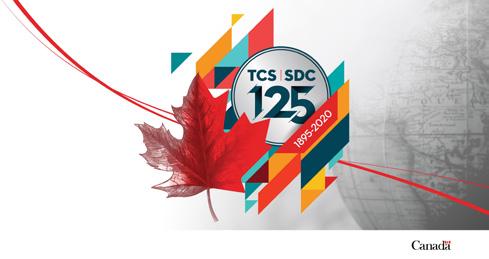
The Canadian Trade Commissioner Service, now in its 125th year, is proud to assist small- and medium sized businesses in their international market expansion. Inga-Lill Olsson is Trade Commissioner responsible for the cleantech sector in Sweden and keeps an eye on this market for opportunities to be explored by Canadian companies. “I am very impressed with the vast variety of Canadian innovation in this sector”, she says. “Both Sweden and Canada rank very high when it comes to cleantech innovation according to the Global Cleantech Innovation Index that aims to predict where new cleantech companies are expected to emerge in the next ten years.”
Sweden hosted the very first UN meeting on the environment in Stockholm in 1972. At that time, a lot of the environmental policy work in Sweden was focussed on protecting the water. As a result, many waste-water facilities were established around that same time. These plants are now being refurbished and upgraded to meet new pollution challenges such as pharmaceuticals and micro-plastics in the effluents. A number of Canadian technologies are available for the efficient treatment of water and waste-water and the protection of our important water resources. Some of these technologies have spun off water-related research in Canada – for example, at the Universities of Guelph and Waterloo. This leading research was recognized earlier this year when Dr. John Cherry, Professor Emeritus, University of Waterloo, won the prestigious Stockholm Water Prize.
Today, the focus of Sweden’s environmental policy work is on mitigating greenhouse gases and on moving
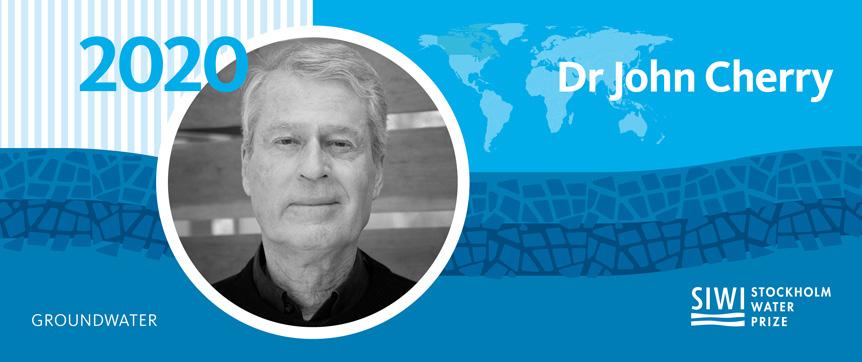
Cleantech Forum Europe 2019 in Stockholm. Photo Credit: Dennis Erixon
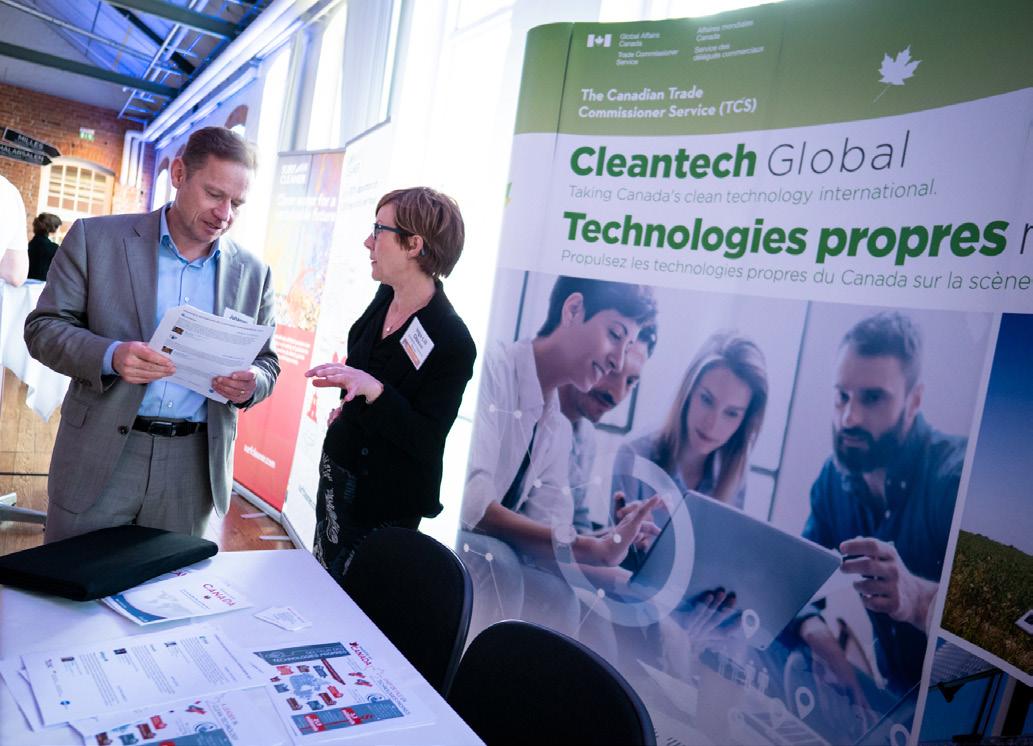
towards a circular economy. The goal set by the Swedish government is to become carbon neutral by 2045. In the so-called “Fossil Free Sweden” initiative, industry has joined the dialogue and produced roadmaps with their views toward reaching this goal. In July this year, the Swedish government adopted a circular economy strategy. According to the Swedish Minister for Environment and Climate, this strategy is another important step toward the goal of becoming the first “fossil free welfare nation”.
Opportunities for Canadian cleantech companies present themselves in many of the areas identified via the Swedish industry roadmaps and the strategy for a circular economy – for example, Canadian technologies that facilitate the reuse of materials in plastic products, tires and batteries; and Canadian solutions that increase efficiency by optimising energy systems as well as industrial processes in its use of both energy and raw materials. Other examples of Canadian solutions to mitigate greenhouse gas emissions include advanced biofuels; fuel cell and hydrogen technologies; and carbon capture, utilisation and storage (CCUS) technologies, to name a few. CETA, Canada’s free trade agreement with the EU, also provides for new opportunities to access this favourable commercial market and deepen the strong, like-minded relationship between Canada and Sweden as we work together towards a green and clean future.
The Canadian Trade Commissioner Service (TCS) helps companies navigate the complexities of international markets and make better business decisions. Learn more at www.tradecommissioner.gc.ca.
Swedish Press Connects [ ] Association of Swedish Teachers and Researchers in America
Gustavus Adolphus College in St. Peter, Minnesota
By Ursula Lindqvist, Chair, Department of Scandinavian Studies
Swedish names, customs, and cultural symbols still abound at Gustavus Adolphus College, which today is a thriving liberal arts college of about 2,300 students in rural St. Peter, Minnesota, 75 miles south of the Twin Cities. Among other things, the college boasts a 125-acre arboretum named for the Swedish taxonomist Carl Linnaeus; a newly renovated, stateof-the-art science building named for Swedish inventor Alfred Nobel; and the Barbro Osher Svenska Huset, a residential dormitory for students interested in Swedish and Sweden. The college celebrates a Festival of St. Lucia every year in December in Christ Chapel at the center of campus, and its annual Nobel Conference – which brings some of the greatest minds in a given research area to campus for a multi-day, public symposium – is the only event of its kind outside of Sweden that the Nobel Foundation allows to use its name.
This college was the dream of the Swedish Lutheran immigrants who in 1862 scraped together enough money to found an elementärskola, or secondary school, to train teachers and pastors to serve Swedish immigrant communities. It was a turbulent time. The school’s founding year, 1862, was the same year the U.S.-Dakota War resulted in the deaths of hundreds of people in the region, both settlers and Dakota. Many settlers were farmers who had immigrated from the Nordic region. Still today, quite a few students who come to Gustavus from other parts of the upper Midwest have Nordic surnames.
The college has operated at its current location atop a plateau in St. Peter, overlooking the Minnesota River Valley, since 1876, when it adopted its name to honor the Swedish King Gustaf II Adolph (1611-1632) who reigned during Stormaktstiden (the Great Power Period). Swedish language has been taught at Gustavus consistently since its founding, and in the 1970s additional faculty were hired to offer courses in English on Scandinavian history, literature, and culture. In 1982, the Department of Scandinavian Studies was established and remains today one of the few independent Scandinavian Studies departments in the United States, granting both a major and a minor. Swedish, which is taught from beginning to advanced levels, remains the second most popular language among students at Gustavus (after Spanish) and boasts the largest enrollments of any Swedish program in the country. Scandinavian Studies Professors Glenn Kranking, Kjerstin Moody, and Ursula Lindqvist all recently earned tenure at the college, and Swedish Instructor David Jessup was brought on board in 2014 to meet a rising demand for seats in Swedish language courses.
Two thirds of Scandinavian Studies majors at Gustavus also pursue a second major, such as political science, psychology, history, environmental studies, or natural sciences. The interdisciplinary nature of our Scandinavian Studies courses facilitates this. All told, Gustavus offers 72 majors in 25 academic departments and 12 interdisciplinary programs. Our Scandinavian Studies students perform well in academic scholarship and fellowship competitions, and 65 percent of them pursue graduate studies in a wide variety of fields. The greatest challenge facing both the department and the college in the new millennium has been how to remain true to our Swedish immigrant heritage while striving for greater diversity, equity, and inclusion in our campus and greater communities. Our Scandinavian Studies courses reflect this striving, for example with new courses on diversity and social change in Scandinavia, Nordic colonialism, and Arctic Scandinavia. www.gustavus.edu/scand-studies
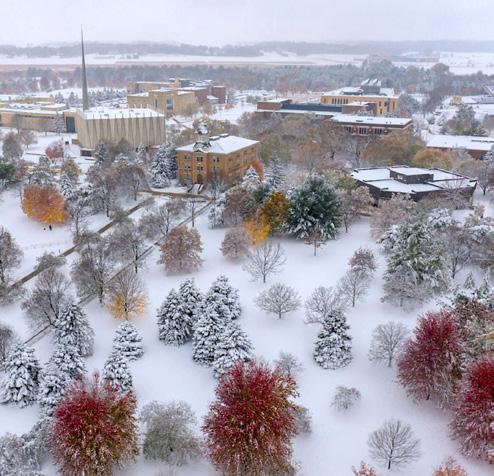
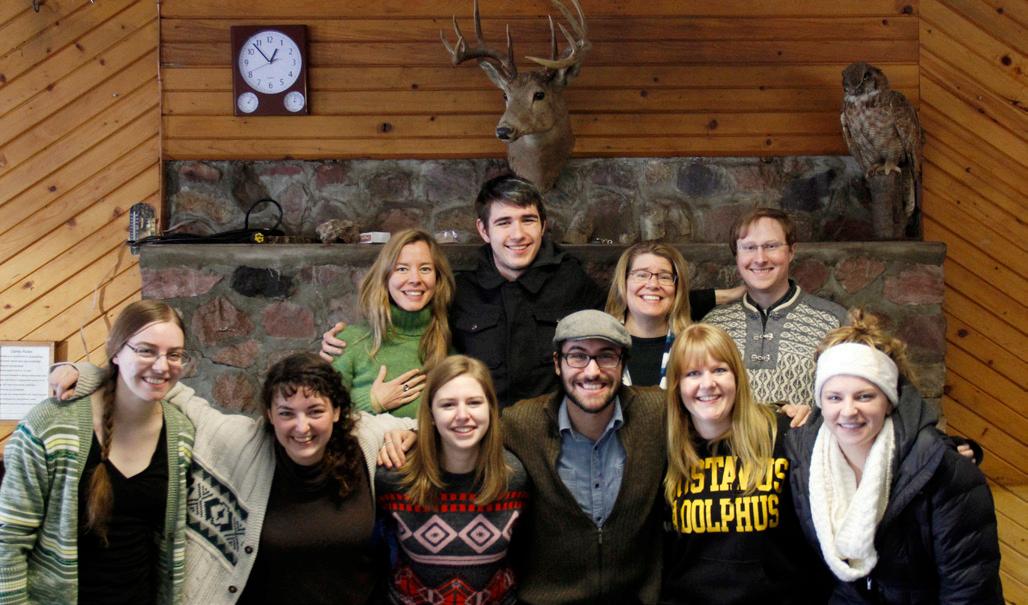
Swedish Press Connects [ ] Äntligen en ändring i migrationslagen
Nuvarande migrationslag slår mot utlandssvenskar – dags att göra om och göra rätt

Stopp för familjesplittring och orimliga försörjnings- och bostadskrav för utlandssvenskar. Det är Svenskar i Världens uppmaning till politikerna inför den nya migrationslagstiftningen. Den tillfälliga migrationslagen från 2016 sätter krokben för svenskar som vill återvända till Sverige med partner och barn från icke-EU/EES-länder. Turligt nog ska den tillfälliga utlänningslagen ersättas av en ny permanent lag den 20 juli 2021.
Enligt regeringen ska den svenska migrationspolitiken vara långsiktigt hållbar, rättssäker och human. För att komma fram till en sådan politik tillsatte regeringen i fjol en kommitté med uppgift att ta fram förslag på hur den ska se ut. Deras betänkande är nu ute på remiss, och Svenskar i Världen är en av de organisationer som kommer att svara på den.
Febrilt arbete pågår
Arbetet med att ta fram ett gediget remissvar pågår. Till sin hjälp har Svenskar i Världen ett team på Elison Wahlin Advokatbyrå som hjälper organisationen pro-bono med att nagelfara remissen för att säkerställa att utlandssvenskarnas perspektiv lyfts fram. ”Det är oerhört viktigt att ta vara på det här tillfället. Lika viktigt som att remissen blir genomtänkt är det att politikerna kan bilda sig en uppfattning om hur många utlandssvenskar som berörs, och vilka konsekvenser den nuvarande lagstiftningen medför. Vi kommer därför att addera en namninsamling och en mängd berättelser till remissen för att verkligen synliggöra utlandssvens- Cecilia Borglin. Foto: Bengt Säll karnas situation”, säger Cecilia Borglin, generalsekreterare på Svenskar i Världen.
Så vilka är då de största utmaningarna med dagens lagstiftning? I korthet handlar det om att familjer behöver splittras under den tid då utlandssvenskens partner ansöker om uppehållstillstånd, och orimliga försörjnings- och bostadskrav gäller för den partner som är kvar i Sverige. ”Om inte den nya lagen tar hänsyn till utlandssvenskarna, riskerar Sverige att gå miste om värdefull internationell erfarenhet och kompetens, eftersom risken finns att utlandssvenskar överväger att avstå från att flytta tillbaka till sitt Sverige – det land som i många fall har investerat i deras omsorg och utbildning, och som är i ett stort behov av internationell erfarenhet och kompetens för att stå sig i den globala konkurrensen”, fortsätter Cecilia Borglin.
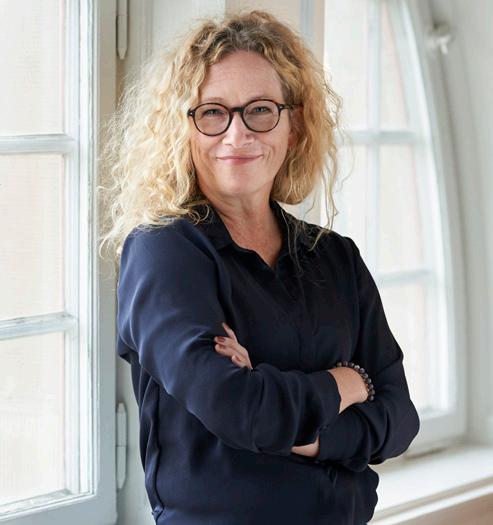
Utlandssvenskarnas röst i Sverige
Svenskar i Världen är utlandssvenskarnas röst i Sverige genom att bedriva påverkansarbete och vara remissinstans till nytta för de 660 000 svenskar som arbetar, studerar och bor utomlands, men också för de utlandssvenskar som återvänder till Sverige. För mer information om deras arbete med att påverka migrationslagen och andra utmaningar, besök www.sviv.se.
Foto © Pixabay Summary in English: The immigration bureaucracy facing returning Swedes with foreign spouses and children (see page 27 in the October 2020 issue of Swedish Press) is now the subject of new legislation. The new law will take effect on July 20, 2021 and aims to avoid the situation where families have to live apart while permanent residence applications for foreign family members are processed. SVIV is providing feedback by highlighting for politicians the situation of the 660,000 Swedish expats and their families.











